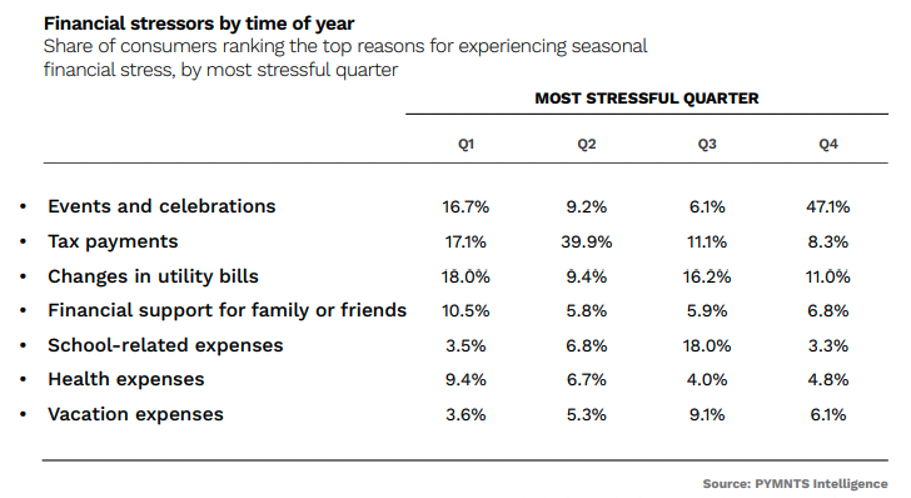
Inflation is slowing, according to the latest official data.
But it may not make a difference in the lives of the roughly 60% of consumers who live paycheck to paycheck.
As the latest reading of the Personal Consumption Expenditures (PCE) index from the U.S. Bureau of Economic Analysis showed, inflation’s pace of growth has slowed, but growth is still growth. The latest data indicated that the PCE index grew 3.5% in August, as measured year on year. With a bit more granularity, on a month-over-month basis, the PCE gauge, which measures the prices paid for goods and services, was up 0.4%. Disposable personal income was up, too, but only by 0.2%. Through each of the last three months, PCE has outpaced diposable personal income growth.
The personal saving rate as a percentage of personal income ticked down to its lowest rate of the year, at 3.9%. The recent peak was 5.3% in May.
Personal interest payments ticked up to a monthly high, at more than $505 billion in August, above $415 billion in January.
The read-across here is that food and energy, among other categories, are still eating into available cash flow. Food prices increased 0.2%, and energy prices increased 6.1% in August.
The latest PYMNTS Intelligence/LendingClub report on the paycheck-to-paycheck economy overlapped with the August readings. As many as 19% of U.S. consumers living paycheck to paycheck said they had issues paying bills in August. Looking ahead, the situation is about to get tighter, a projection that seems to be cemented by the PCE data.
In the paycheck-to-paycheck survey, PYMNTS found that nearly half of all consumers said their finances are particularly tight at specific times of the year — and especially so around the holidays. The consumers pointing to seasonal pressures included 28% of those not living paycheck to paycheck.

December looms as a month of particular financial strain and a month notable for celebrations and gift giving. More than a third of consumers said they use credit cards to help meet the spending increases they encounter and anticipate during the holidays. Roughly half of individuals said events and celebrations help lead the fourth quarter to be among the most stressful periods of the year.
If price increases are still in the offing, the personal saving rates are relatively muted, and interest payments and credit card obligations are on the rise, then the pressures on the paycheck-to-paycheck economy may become even more acute as 2024 dawns. Loading up on more credit card debt to get through the holidays — and supplement disposable income — leaves less wiggle room to pay for everyday goods and services, and savings may be the place to go to bridge the gap.